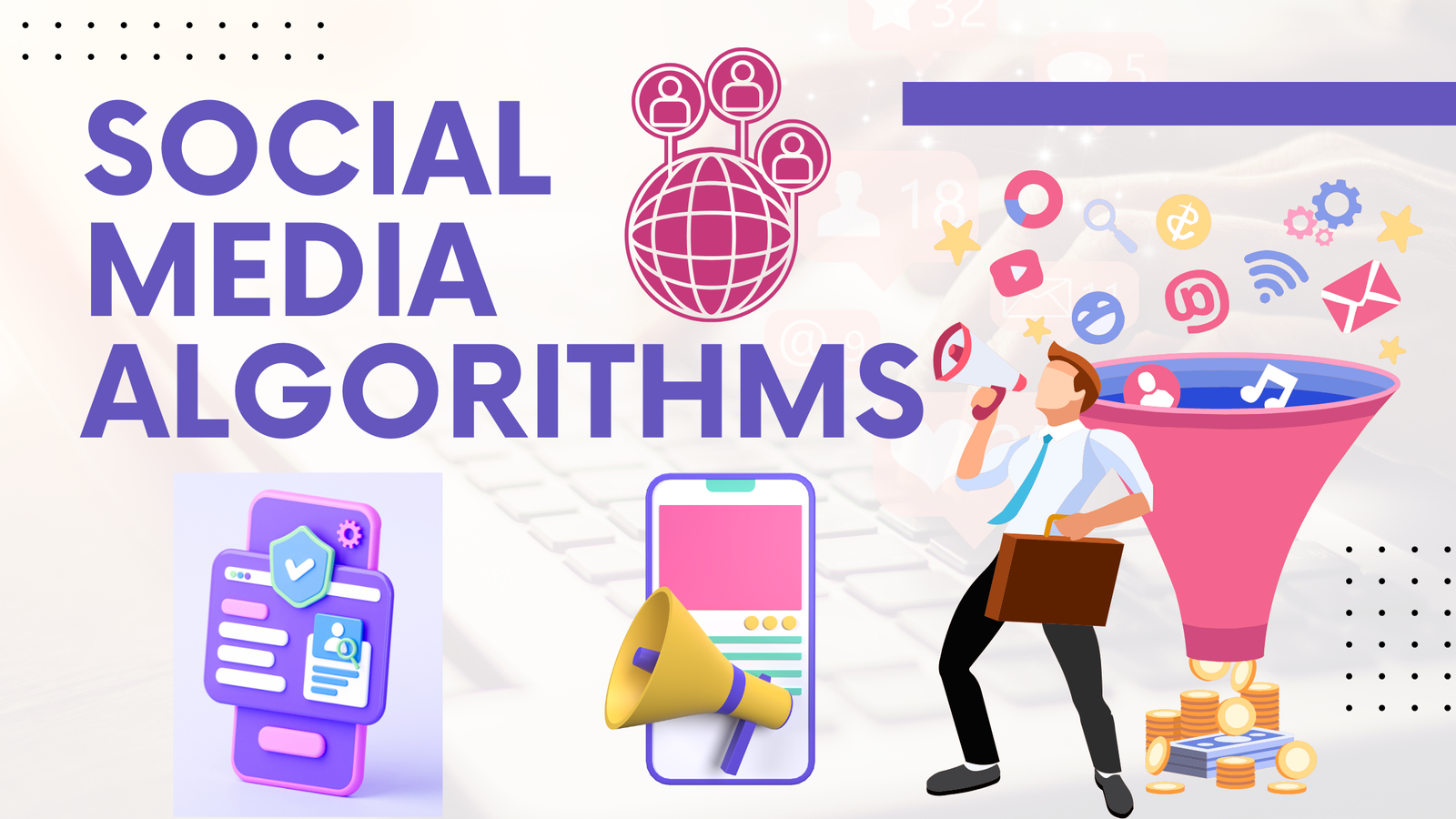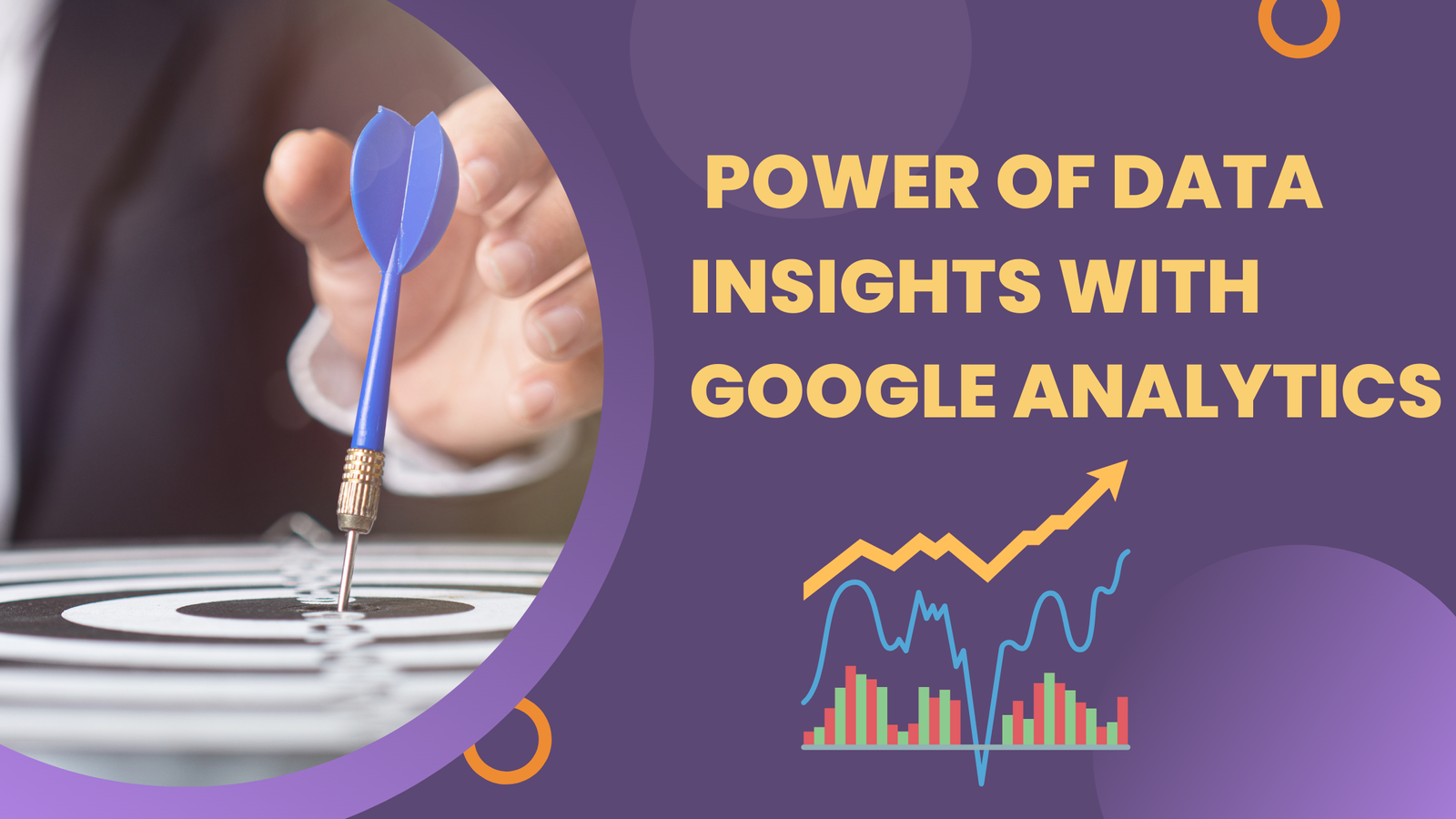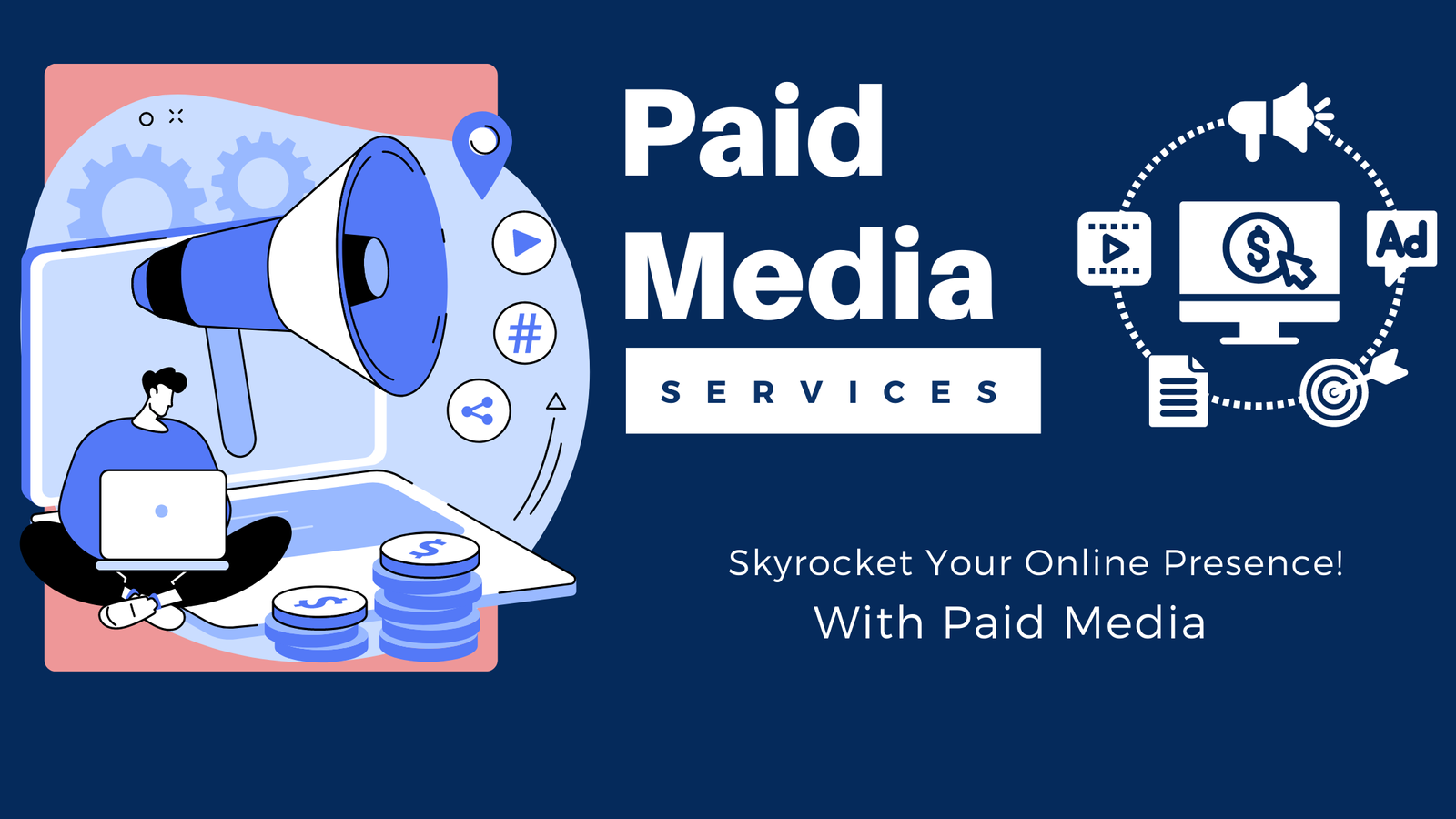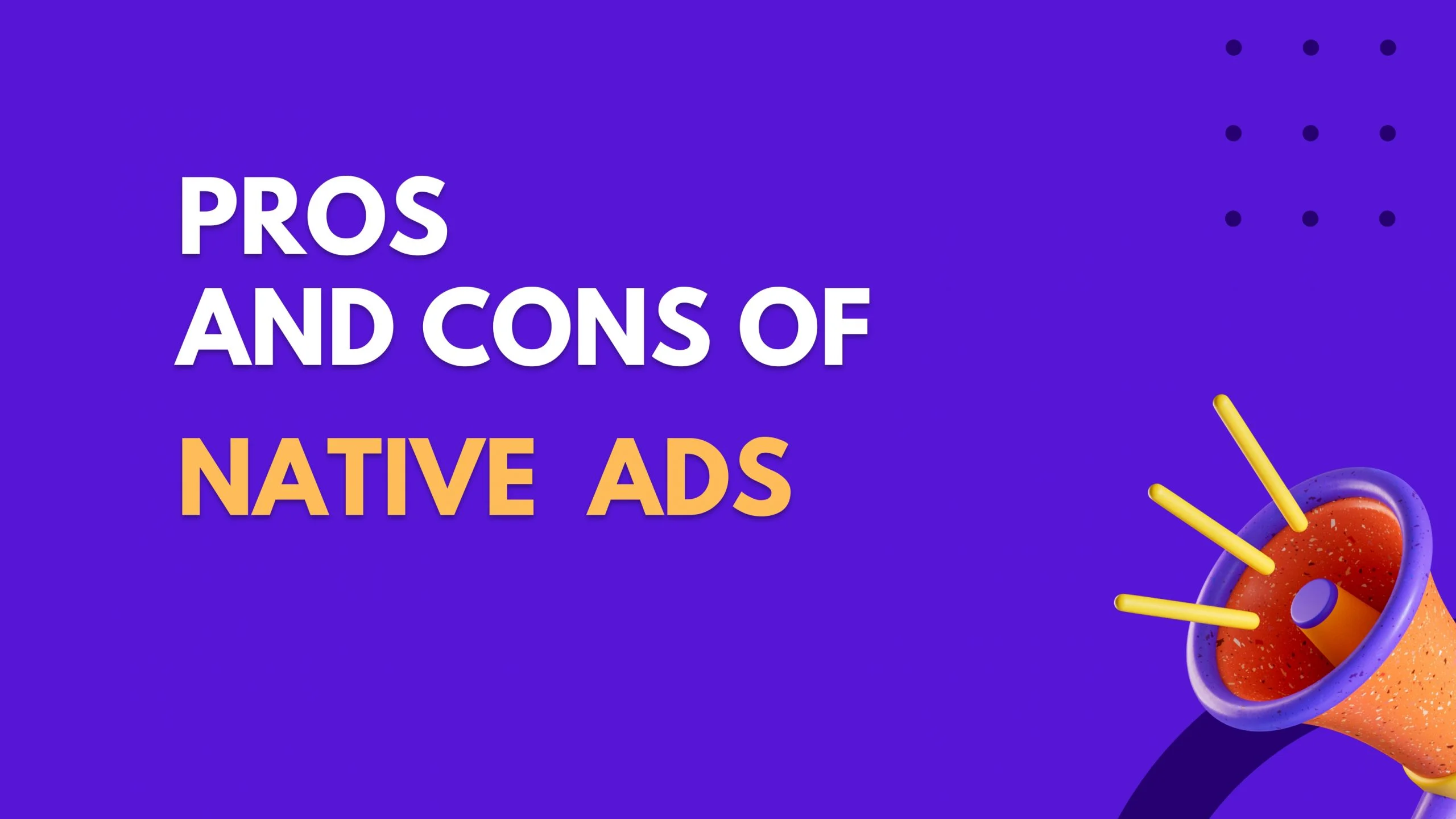Social media is not a fad, but a powerful tool that can help you grow your business, connect with your customers, and establish your brand authority. With more than 4.9 billion active social media users worldwide, you can reach a large and diverse audience that is interested in your products or services.
But how do you choose the best social media platforms for your business in 2023? There are so many options available, each with its own features, benefits, and challenges. To help you make an informed decision, we have compiled a list of the top five social media platforms that you should consider for your business in 2023, based on their popularity, user demographics, functionality, and potential.
Facebook is still the king of social media, with 2.9 billion monthly active users as of January 2023. It is the most widely used and versatile platform, offering various features such as pages, groups, stories, live videos, marketplace, ads, and more. You can use Facebook to showcase your brand personality, share valuable content, interact with your followers, generate leads, and drive traffic to your website.
Facebook is suitable for almost any type of business, as it has a diverse and global user base. However, some challenges that you may face on Facebook include declining organic reach, the increasing competition, and changing algorithms. To succeed on Facebook in 2023, you will need to create engaging and relevant content that resonates with your target audience, use paid ads to boost your visibility and conversions and leverage the power of Facebook groups to build a loyal community around your brand.
Instagram is the second most popular social media platform in the world, with 2 billion monthly active users as of January 2023. It is a visual platform that allows you to share photos and videos of your products, behind-the-scenes stories, user-generated content, and more. You can also use Instagram to create shoppable posts and stories, where users can directly purchase your products without leaving the app.
Instagram is ideal for businesses that have a strong visual appeal, such as fashion, beauty, travel, food, art, and lifestyle. It is also popular among younger generations, with 71% of its users being under 35 years old. Some of the benefits of using Instagram for your business include the high engagement rate, the influencer marketing opportunities, and the creative tools such as filters, stickers, and reels. However, some of the drawbacks of Instagram include the limited link options (only one link in bio), the difficulty of measuring ROI (return on investment), and the need for high-quality images and videos.
TikTok
TikTok is the fastest-growing social media platform in the world, with 1.05 billion monthly active users as of January 2023. It is a short-form video platform that allows you to create and share fun and entertaining videos up to 60 seconds long. You can also use TikTok to participate in viral challenges, trends, and hashtags, collaborate with other creators and influencers, and advertise your products or services.
TikTok is a great platform for businesses that want to reach a young and active audience (60% of its users are between 16 and 24 years old), showcase their brand personality and creativity, and increase their brand awareness and loyalty. Some of the advantages of using TikTok for your business include the high organic reach (due to the algorithm that shows content based on user preferences), the low production cost (you can use your smartphone to create videos), and the viral potential (you can easily get millions of views if your content is catchy and original). However, some of the challenges of TikTok include the short attention span (you have to capture users’ interest in the first few seconds), the legal and ethical issues (such as data privacy and content moderation), and the difficulty of monetizing (there is no direct way to sell products or services on TikTok).
LinkedIn is the largest professional network in the world, with 774 million monthly active users as of January 2023. It is a platform that allows you to connect with other professionals in your industry or niche, showcase your expertise and achievements, share valuable insights and information, and generate leads and sales.
LinkedIn is perfect for businesses that operate in the B2B (business-to-business) sector or target professionals as their customers. It is also a great platform for personal branding, recruiting talent, and building partnerships. Some of the benefits of using LinkedIn for your business include high-quality leads (you can target users by their job title, industry, location, and more), credibility (you can establish your brand as a thought leader and a trusted source of information), and the organic reach (you can reach a large and relevant audience without paying for ads). However, some of the drawbacks of LinkedIn include the low engagement rate (users are less likely to comment, like, or share your content), the limited creativity (you have to follow a professional tone and style), and the high competition (you have to stand out from other brands and experts in your field).
YouTube
YouTube is the second-largest search engine and the largest video platform in the world, with 2.5 billion monthly active users as of January 2023. It is a platform that allows you to upload and watch videos on various topics, such as education, entertainment, news, sports, and more. You can also use YouTube to create live streams, stories, shorts, and ads.
YouTube is an excellent platform for businesses that want to showcase their products or services in action, educate their customers, entertain their audience, and increase their brand awareness and trust. Some of the benefits of using YouTube for your business include the high SEO value (you can rank your videos on Google and YouTube search results), the long-term value (your videos can generate views and revenue for years), and the monetization options (you can earn money from ads, memberships, merchandise, and more). However, some of the challenges of YouTube include the high production cost (you need to invest in equipment, software, and editing), the high competition (you have to compete with millions of other videos and channels), and the difficulty of growing your channel (you need to optimize your videos for keywords, thumbnails, titles, descriptions, tags, and more).
Conclusion
Social media is a powerful tool that can help you grow your business in 2023. However, you need to choose the best social media platforms for your business based on your goals, audience, industry, and budget. The five platforms that we have discussed in this blog post are Facebook, Instagram, TikTok, LinkedIn, and YouTube. Each of them has its own features, benefits, and challenges that you need to consider before creating your social media strategy. By choosing the right platforms for your business, you can maximize your social media presence and performance in 2023.










